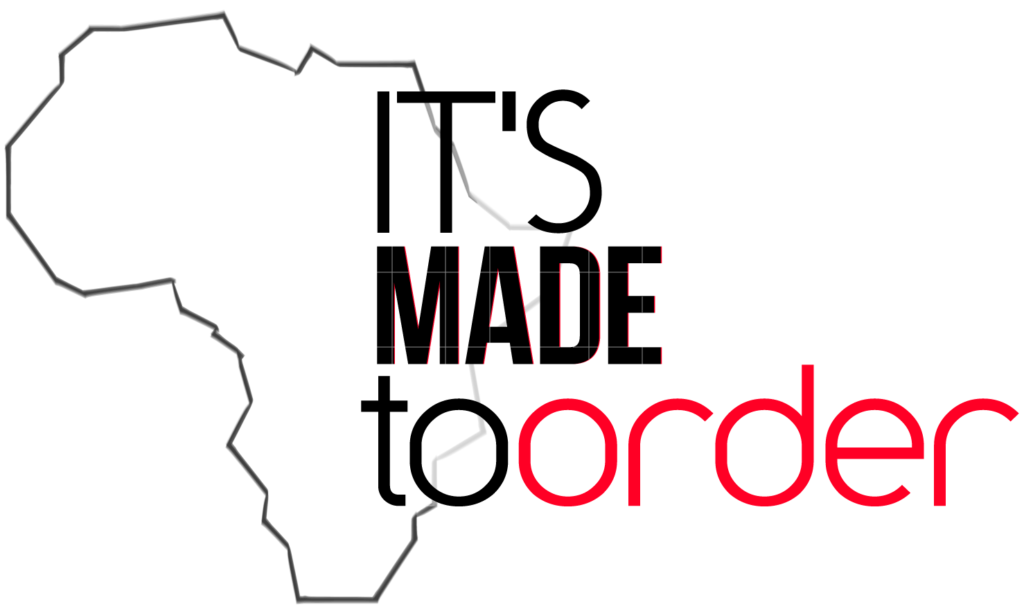While the killings in the north of Southerners starting in May 1966 was the immediate reason given for the creation of Biafra and the start of the civil war, the killings themselves were preceded and brought on by a series of other events.
In 1960, Nigeria was officially declared an independent nation, free from the colonial administration of the British. A federal system was setup where 3 regions were created- North, West and East- each with independent leadership. At its helm was the prime minister who presided over the entire country. For 5 years, the young country soldiered on. However, increasingly there arose accusations that the nation’s elected officials were corrupt. They were increasingly accused of using their positions to line their pockets and lead lavish lifestyles.
Seeing that corruption was high during this time and that the difference in lifestyle between politicians and the average citizen had widened, on January 15th, 1966 a group of army junior officers executed a coup to overthrow the current government and restore balance in the country. This was Nigeria’s first coup. It ended was called the first republic which had lasted just about 5 years and ushered in a period of military rule.
The coup was not a complete success. Higher ranking members of the military stepped in to subdue it and the perpetrators were caught and arrested 2 days after its start. However the circumstances surrounding it and the way it unfolded would cause a schism such that the country found itself riding a North – South division that morphed into the Nigerian- Biafran War.
In the aftermath of the coup, Northern leaders perceived the coup to be a pretext for Southerners, Igbos specifically, to take control of the government. There were several reasons for this:
- Those who led the coup and most of those who were involved in carrying it out were Southerners or Igbos. The primary organizers were Chukwuma Kaduna Nzeogwu and Emmanuel Ifeajuna- both Southerners. Of the officers involved in its execution, while it included those from both the West and Northern regions of the country, the majority were Southerners.
- In the events of the coup, those killed were disproportionately from the Northern and Western regions. The prime minister of the country, Abubakar Tafawa Balewa who was a Northerner was killed in the coup. The premiers of the Northern and Western regions, Ahmadu Bello and Samuel Akintola were also killed. The premier of the Eastern region, Nnamdi Azikiwe, however was spared in the coup as he was outside of the country.
- After the coup, Johnson Agunyi-Ironsi who was the leading commander in the military at the time and one of the generals that stepped in to stop the coup, took over military rulership of the country. Ironsi was a Southerner. Thus this was perceived further as a plan for Southern and Igbo domination of the country.
- Furthermore, the perpetuators of the coup were perceive to not have been sufficiently punished- prompting again the perception of the coup as an Igbo plan to amass power.
In an effort to strengthen the country after the coup and because of the perception of widespread corruption among politicians, Ironsi would on May 24th 1966 announce a unitary system of rule for the country. This new system concentrated power in the hands of the national government and reduced the power and autonomy of the 3 regions created at independence. For the leaders of the North, this was the final straw in what was for them an attempt by Southerners and more specifically Igbos to consolidate power in their hands.
On July 29th 1966, a group of Northern military officers led a coup to overthrow Ironsi- killing him and leading a targeted attack against other Southern officers. On the same day, a wave of massacres against civilians led by the military would begin in the North.
This article is a part of the series on The Nigerian- Biafran War At 50 and which is part of our African Futures and Pasts Project. To learn more about it and how you can be a contributor, see details here.

